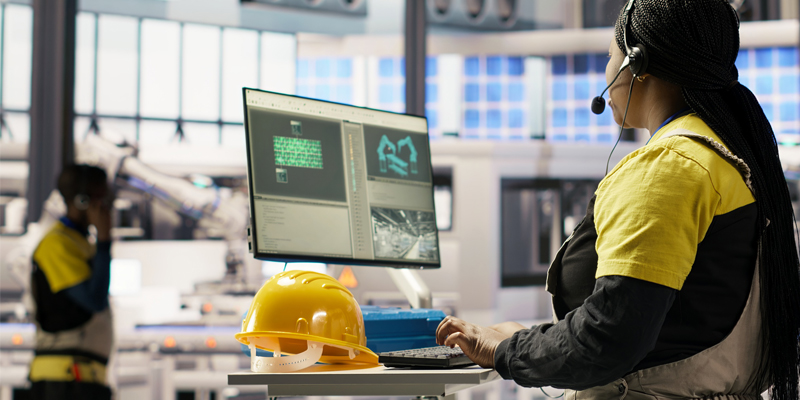Schedule a Call Back
Predictive Maintenance: How AI is Reducing Unplanned Downtime in Manufacturing
 Articles
Articles- Jul 28,25

Related Stories
Shailesh Chandra Elected OICA President, Hildegard Müller as Vice President
Shailesh Chandra becomes first Indian OICA President; Hildegard Müller named Vice President, highlighting global leadership in automotive sustainability.
Read more
Global Manufacturing Rebounds as India, Thailand, Vietnam Lead Gains
Asia drives October’s global manufacturing upturn amid festive demand
Read more
Aimtron Electronics Posts 112.5% YoY Revenue Growth in H1 FY26, Expands ODM
Aimtron Electronics achieves 112.5 per cent YoY revenue growth in H1 FY26, fueled by strong export, defence, IoT, and ODM sectors. Secures major contracts and fundraise.
Read moreRelated Products

Digital Colony Counter
Rising Sun Enterprises supplies digital colony counter.
Robotic Welding SPM
Primo Automation Systems Pvt. Ltd. manufactures, supplies and exports robotic welding SPM.

Heat Exchanger Scale Removal Compound -hesr-300
Hi There!
Now get regular updates from IPF Magazine on WhatsApp!
Click on link below, message us with a simple hi, and SAVE our number
You will have subscribed to our Industrial News on Whatsapp! Enjoy














